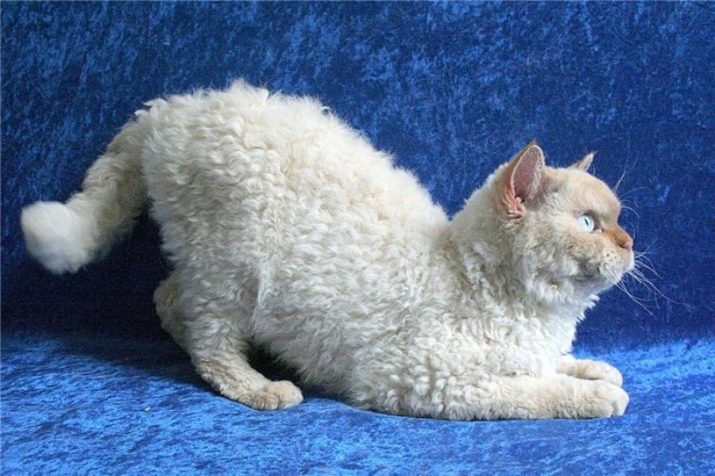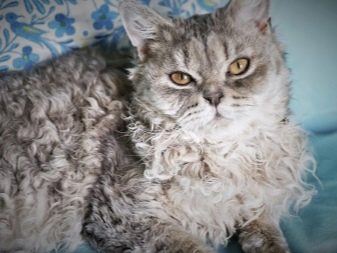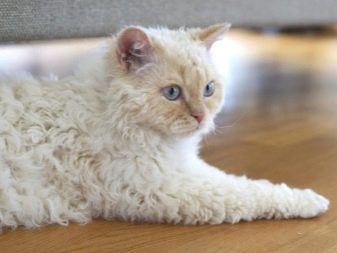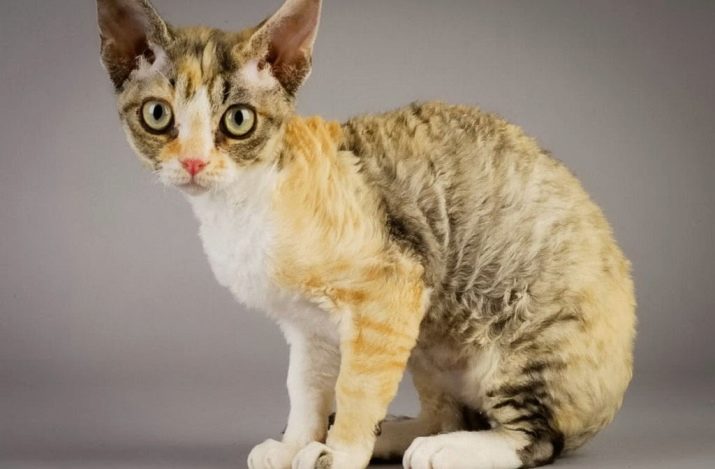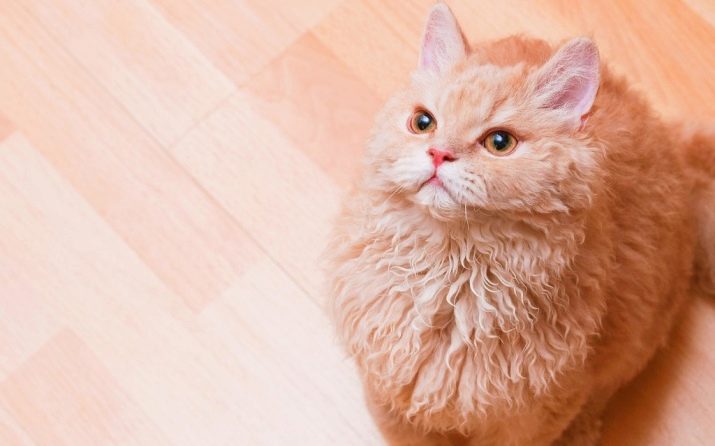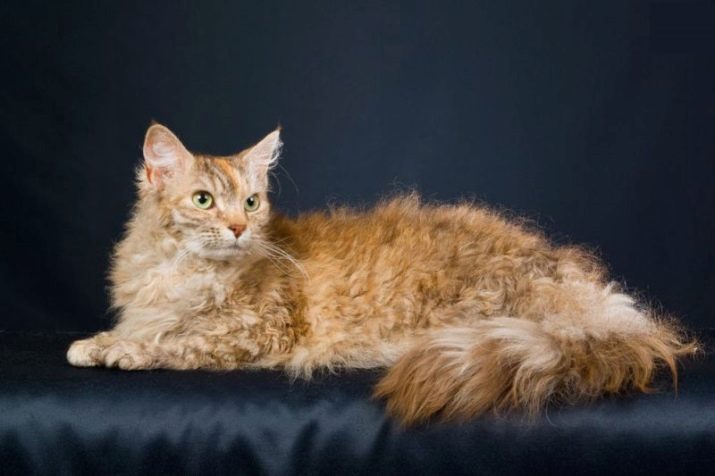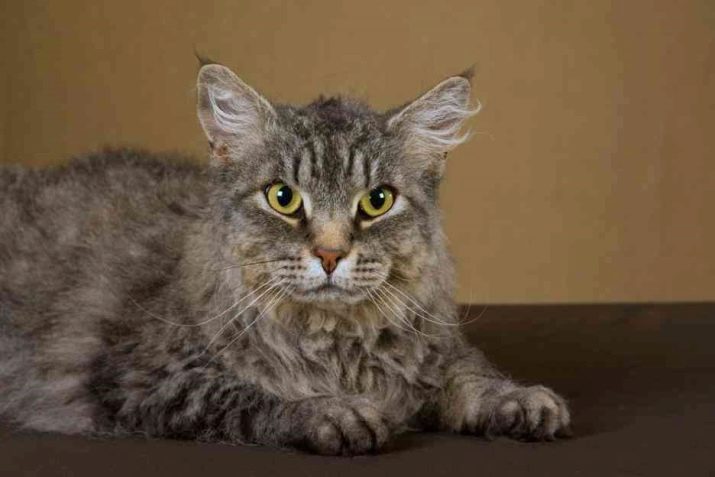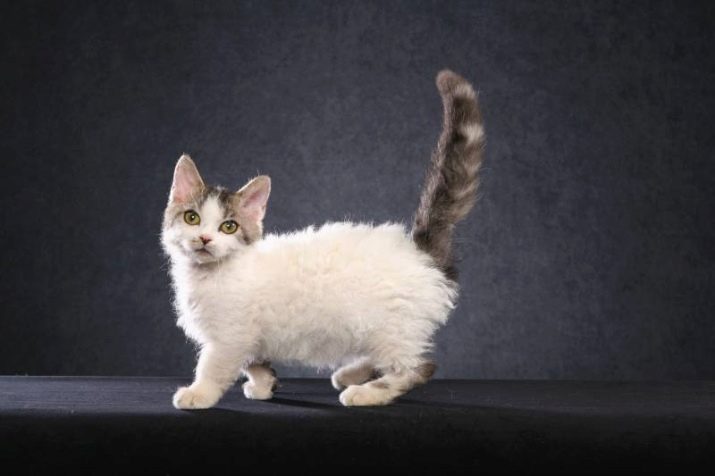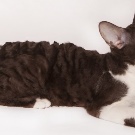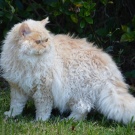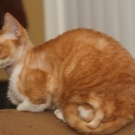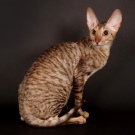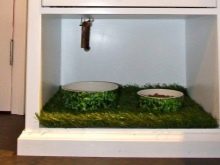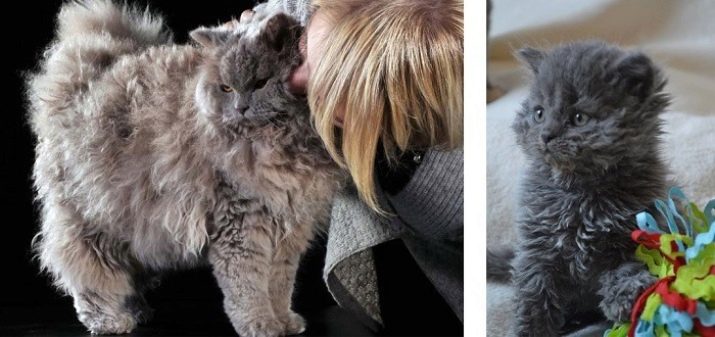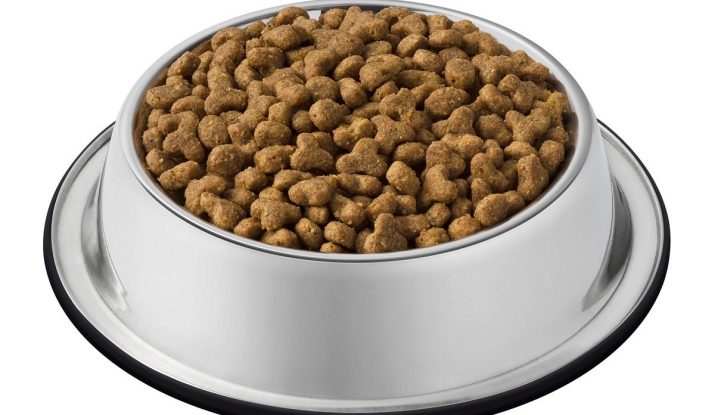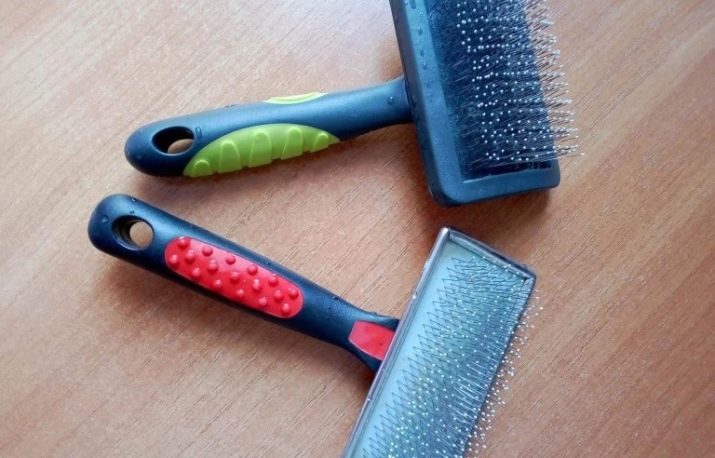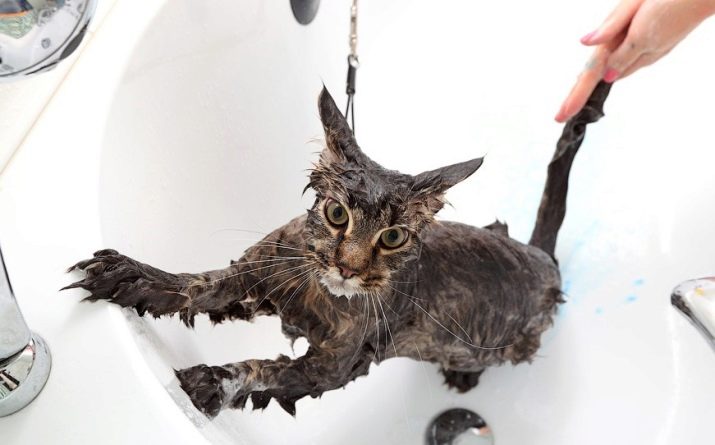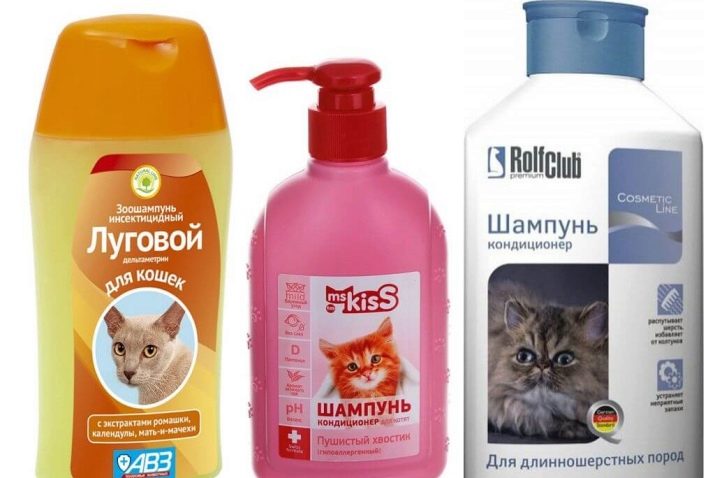Today, there is a huge variety of cat breeds. Some of them are natural, others have been artificially bred by breeders. That is why such animals are very popular and often become domesticated - each person will be able to choose a cat for himself depending on individual preferences and needs.
There are breeds with long and short hair, bald cats, tricolor and monophonic. If you are looking for an unusual pet, then you should pay attention to the curly cats. A distinctive feature of such pets is the non-standard wavy wool.
What are the features of curly cats, what their breeds exist, in what conditions should such a cat be kept, how to care for its wool - let's talk in more detail.
Features
All curly cats, regardless of the size, color and intensity of curlicues, are combined into one large group called Rex. This name indicates the fact that these animals have a special rex-gene, due to which their hair is wavy. In its essence, such a gene is a certain mutation (but not artificial, but natural) - it began to manifest itself without any outside interventions.
After scientists have noticed such a mutation, they are engaged in its consolidation. As a result of large-scale breeding work, curly-colored cats appeared, having various external features (color, size).
It should be noted that cats of curly breed, in addition to unusual wool, have other special advantages and characteristics that distinguish them from other breeds. So, the animal's hair does not produce an unpleasant smell typical for cats. Specific to these breeds and the molting period. Due to such properties, a curly breed kitten can be an excellent friend and pet for you.
I must say that the first breed of cats, which contained a rex mutation in its organism, was officially recognized only in 1967.
Breeds
To date, several possible variations of the gene mutation responsible for the curliness of the cat's fur have been recorded. Depending on this, all curly cats are divided into several breeds. Consider what kind of animals there are, and how each breed is called.
Cornish Rex
Cornish Rex is the first species of curly cats, which was recorded at the official level. Thanks to historical sources, it is possible to establish for certain that the first registered cat was Calibunker, and her owner, Nina Ennismore. It was Nina who gave the name to the unusual mutation of the fur of cats, which we still use today.
Calibunker with his mistress lived in England, in the county of Cornwall. Unusual kitten was born in 1950. After Nina Ennismor, familiar with the process of breeding animals (since she was breeding rabbits at that time), noticed the unusual hair of a kitten, she waited for his puberty, and then crossed the individual with his own mother.
After the story was publicized, and photographs of unusual animals were published, enthusiastic scientists entered the scene. It is believed that the first progenitors of the Cornish intersected with the Siamese breed of cats with short hair.
If we talk about the structure of the hair of such an animal, then it should be noted that the individual hairs of the cover are rather thin. Curls themselves are directed towards the skin (they are also called internal).
Generally speaking, Cornish Rex cats are animals that have long legs and a rather muscular torso. Thanks to these characteristics, the animal is able to move quite elegantly and flexibly. The head of the cat has a wedge-like shape, with large eyes and rather large ears in its dimensions. The tail of the animal is thin and mobile.
Cornish is a short-haired breed. However, the scalp is thick and dense. The waviness is fairly uniform, and it is observed throughout the body. There is a wide variety of colors of this cat - it can be either monochrome (for example, white) or tricolor (combining black, white and red).
Devon Rex
This breed of curly cats was also bred in England. However, despite this similarity with the breed described above, the Devon Rex has its own distinctive features, in particular, such characteristics include the type of genetic disorder, the structure of the coat and the overall appearance. In addition, in scientific circles it is believed that Cornish is a breed of the American type, and the Devonian is a European variety.
The anatomical structure of the animal is also quite unusual. So, the body itself is powerful and muscular, but the cat moves on rather long legs. In connection with this feature, the cat's body may seem rather awkward and disproportionate. The head has a rather large size, but the muzzle itself is shortened and flattened with prominent cheekbones (this feature can also be seen in the British breed of cats). The rib cage is rather wide and massive, but the neck is thin. The cat's eyes are slanting.
If we talk about the direct structure of the wool, it is important to note that the integumentary long guard hairs are absent, and the curls themselves do not have the exact orientation and can be directed both inward and outward.
German Rex
Today, there is no consensus among scientists about how and where this breed was bred. Some believe that German curly cats are descendants of Prussian animals, while others, on the contrary, completely deny this opinion. Only one thing is known for certain - the German status of the German Rex was granted in 1982. Moreover, it is important to note that in this country, as well as in other CIS countries, this breed does not enjoy a high prevalence.
However, this fact is compensated by a great love of German Rex on the part of Europeans.
If we talk about the distinctive characteristics of this breed, then we should first turn to feedback from the owners of such animals. So, they report that The structure of the wool Germans are similar to the Cornish. However, the latter wool is more sparse, not so dense and elastic. On the other hand, with regard to anatomical features, the German breed is similar to Devon Rex. Thus, we can conclude that German curly cats are a kind of synthesis of Devonian and Cornish traits.
Selkirk Rex
Unlike the breed described above, the history of the origin of the Selkirks is known for certain. Thus, these cats were bred by the efforts of scientists and breeders from the United States of America, namely, from the state of Montana.
This breed, unlike the ones described above, is younger, since for the first time the Selkirks mutation was discovered only in 1987, and official registration occurred, in turn, only in the early 1990s.
Selkirki differ from their counterparts in many ways. One of the most prominent is the fact that this breed consists of several subspecies: long-haired and short-haired animals.In addition, Selkirk Rex is a cat that is distinguished by rather large dimensions and weight, possessing heavy bone.
Musculature is pronounced on the cat's body. The head has a round shape, on which is located a rather wide muzzle with an outstanding chin. In addition, unlike some other curly rocks in Selkirk, the paws are proportional, and the tail is thick and not very long.
The structure of the cat's coat is quite thick, curls wind in large waves. However, an unknowing person, having seen such an animal, may decide that it has not been combed out for quite a long time, since the wool is rather randomly twisted.
Laperm
From a linguistic point of view, the history of the origin of the breed name is quite interesting. Thus, the word “laperm” is derived from the English word perm, which translates as “perm”. This breed is even newer and younger than the previous one - it received its official recognition in 2002.
A distinctive feature of a laperma is a long coat. The body, just like other curly cats, is rather muscular, and its paws are long. The muzzle has a rounded shape, the ears are wide apart, and the eyes are slanting. Wool has a hard structure and may seem a little prickly.
Interesting fact. In order to assess the quality of wool (for example, this is important at various exhibitions), a laperma needs to be blown onto the wool. From direct exposure to air, the curly hair should be scattered in different directions.
The above 5 breeds of curly cats are officially recognized and registered, however, there are several other species of animals that are not currently fixed in any registries.
- Skukum (or dwarf laperm). The United States of America is considered the birthplace of these animals. The breed was bred thanks to the crossing of a laperma and a munchkin.
- Ural Rex. The name speaks for itself - this breed comes from Russia. Cats have medium length hair.
- Danish Rex is one of the most unstable breeds, as it is characterized by a high mortality rate and a tendency to baldness.
- Oregon Rex from the USA is considered an extinct breed.
- Czech (or Bohemian breed) was created on the basis of the Persian variety.
- Beloyarsky Rex from Russia it differs in rather coarse, thick and short hair.
However, even this list is not exhaustive, there are many other varieties: Dakota Rex, Pennsylvanian Rex, Karakul cat and many others.
Conditions of detention
Curly cats do not need any special conditions of detention compared to any other breeds. So, the cat needs to equip a toilet, as well as a place to eat. Toys and scratching posts will be useful to him.
A curly pet, like any other pet, needs a lot of attention. Therefore, do not neglect to communicate with the cat - play with him in outdoor games, use toys or just pick up and stroke.
Pay particular attention to the diet - it must be balanced. Cats can be fed with dry food or with natural food. If you prefer the last option, then make sure that the food for the cat is fresh and tasty - do not feed the animal with leftovers from the host table. In the event that you decide to feed your pet with dry feed, then give preference Only quality compounds from proven brands.
Periodically curly cats can be given vitamin complexes to promote health, as well as various treats for cats, which can be purchased at almost any zoological store.
Do not forget about vaccinations and regular check-ups at the vet. At the first manifestations of the disease, visit veterinary clinics, do not self-medicate, as it can cause negative consequences (even death).
Grooming
Due to the fact that a distinctive feature of curly cats is their wool, then it is necessary to devote quite a lot of time to caring for it. So, first of all it is worth remembering that cats need to be regularly combed using special brushes and combs. Do not allow tangled shreds on the fur of animals.
In addition, curly cats need to bathe - this procedure should be carried out with frequency 2 times a month (i.e. every 2 weeks). Bathing water temperature should not be lower than 38 degrees Celsius, and during the procedure it is necessary to ensure the absence of drafts.
Do not use when bathing cats shower.
Use as a detergent. Only a special shampoo for curly cats, in any case, do not use detergents that are designed for people. At the end of the procedure, wipe the cat with a towel, but do not use a hairdryer - the wool should dry naturally.
For more on curly cats, see the video below.

